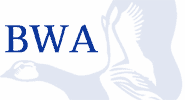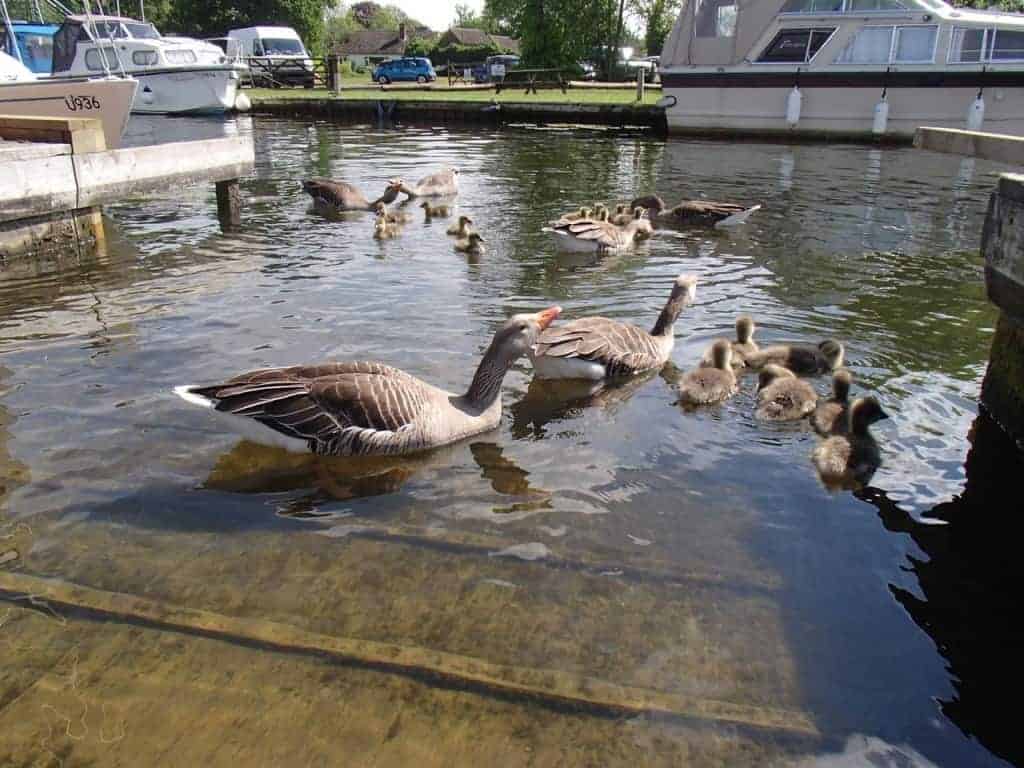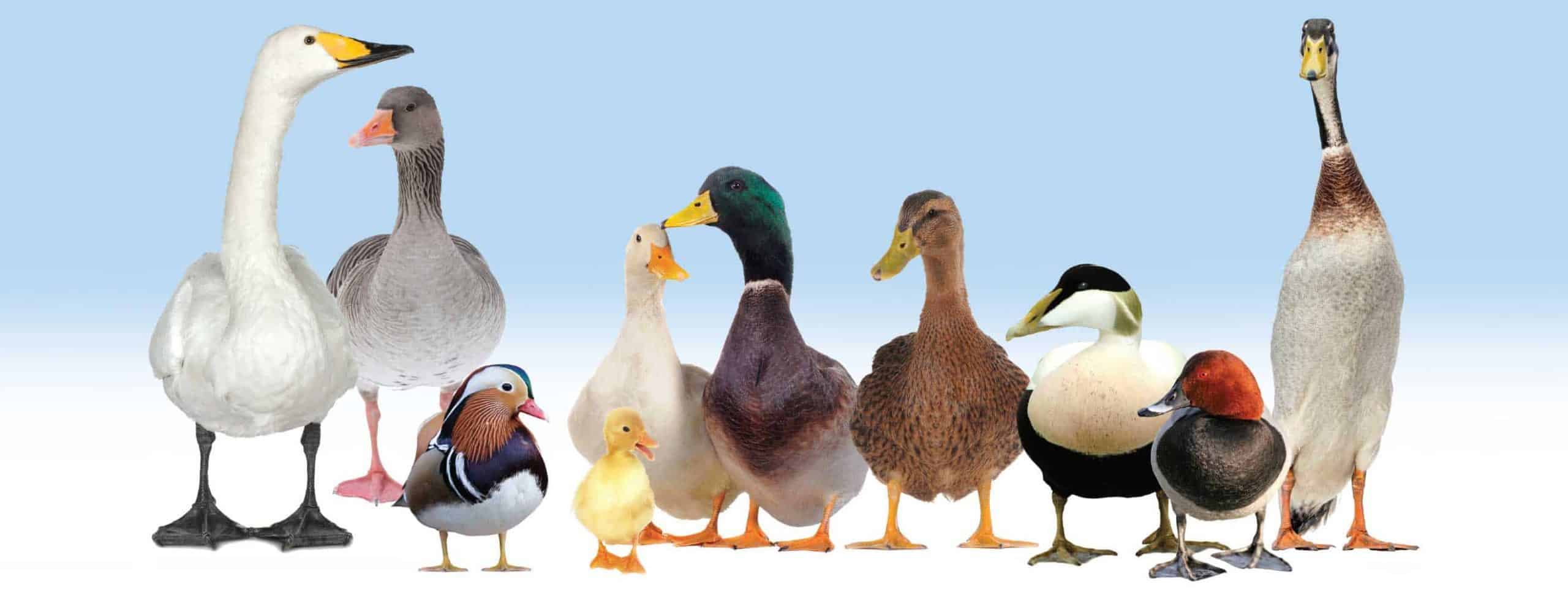Debates rage about whether we should feed bread to waterfowl in public places. In times of hardship, bread is certainly better than starving, however there are better alternatives.
Many people gain their first exposure to waterfowl feeding ducks at a local park or river, and from there a love is kindled. Just like us, ducks need a varied diet to be healthy. We suggest that it would be better to provide more natural foodstuffs; such as whole grains (wheat, corn, peas, or cooked rice) or shredded greens like spinach, lettuce and rocket. Even though it seems kind in the short term, continuously feeding wild birds in this situation can be disadvantageous for them in the long run. It sustains an artificially high population, which then becomes reliant on feeding to survive. High concentrations of food and birds makes them more at risk to disease and parasites. This can also allow (often non-native) vermin to boom. Unnaturally high numbers of waterfowl can have negative effects on their environment (e.g. water quality and plant and invertebrate life). Birds which are fed sometimes change their behaviour because of it (e.g. not migrating), and fail to disperse naturally.
On balance, we’d recommend that if you’re going to do it, do so occasionally, and preferably with food that’s still edible, but that would otherwise be wasted. Transforming biodiverse habitats around the world into monocultures of crops, then distributing them using fossil fuels is likely to be having a far greater negative effect on waterfowl than the benefit to the relatively small number of them that rely on us for food.



